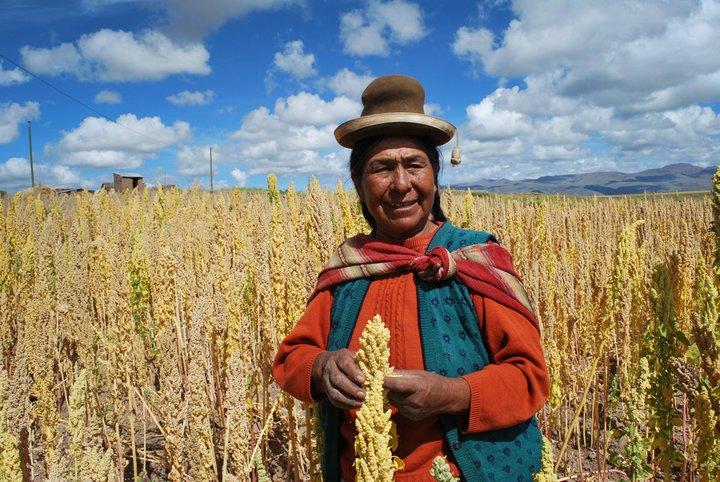Food for thought on Andean super grains

A new book Biodiversity of Andean grains: Balancing market potential and sustainable livelihoods puts the spotlight on Andean super grains: quinoa, amaranth and cañahua, highly nutritious and resistant crops which are important for the food and nutrition security of people of the Americas and the world.
A new book Biodiversity of Andean grains: Balancing market potential and sustainable livelihoods puts the spotlight on Andean super grains: quinoa, amaranth and cañahua, highly nutritious and resistant crops which are important for the food and nutrition security of people of the Americas and the world. “With this book, we hope to provide food for thought on the occasion of the UN 2013 International Year of Quinoa, and serve as guidance for the future promotion of the currently underutilized crops,” says Stefano Padulosi, senior scientist at Bioversity International and passionate Andean grain consumer and researcher.
In the book, Stefano Padulosi and other authors examine how Andean grains are used, looking at their current use from the perspective of smallholder farmers and researchers, and highlighting the trade-offs involved in changing from traditional to commercial agricultural systems. It also addresses some of the research gaps regarding use, commercial value of the crops and associated traditional knowledge, taking into account local livelihood assets of people living in difficult environments.
“The book offers many helpful suggestions for policymakers, including recommendations for investment in sustainable production technologies and use of incentives for the use and maintenance of these very nutritious and resilient crops,” says Marleni Ramirez, Director of Bioversity International’s office in the Americas.
